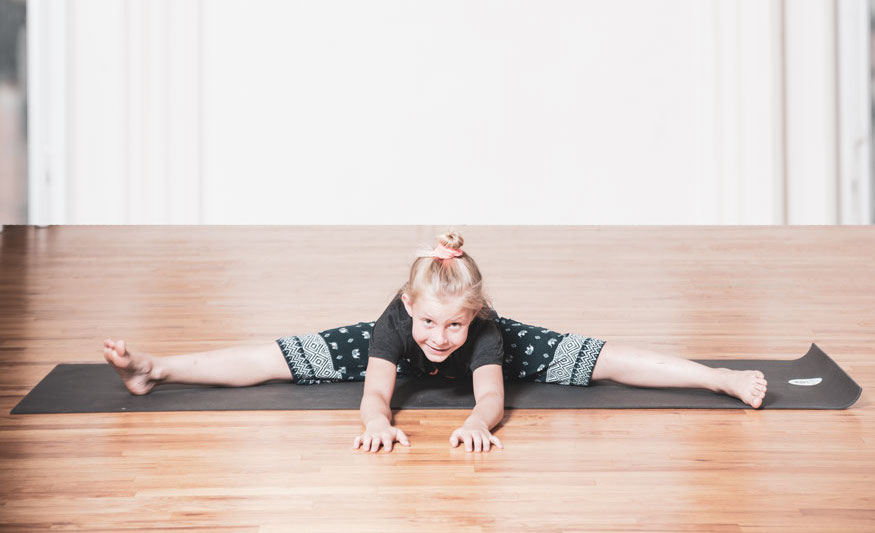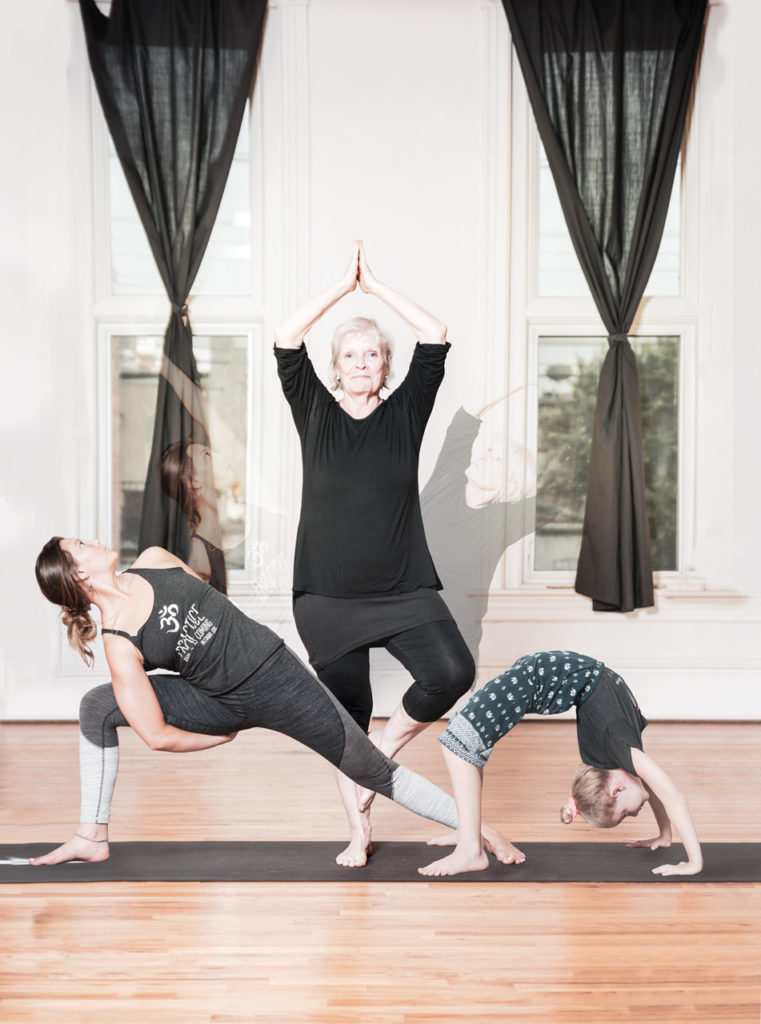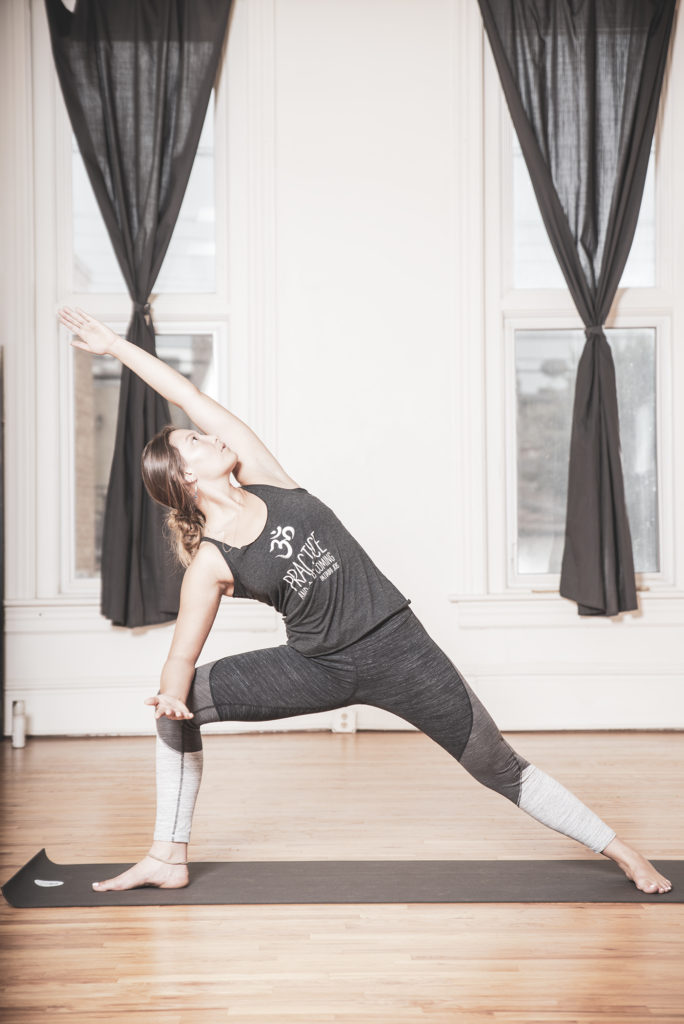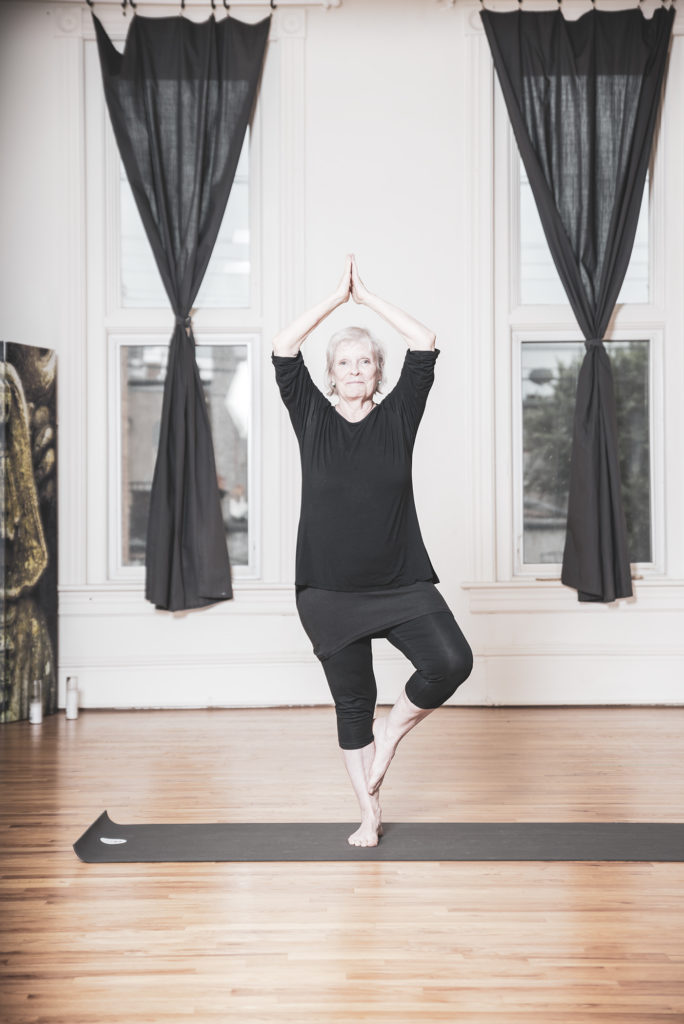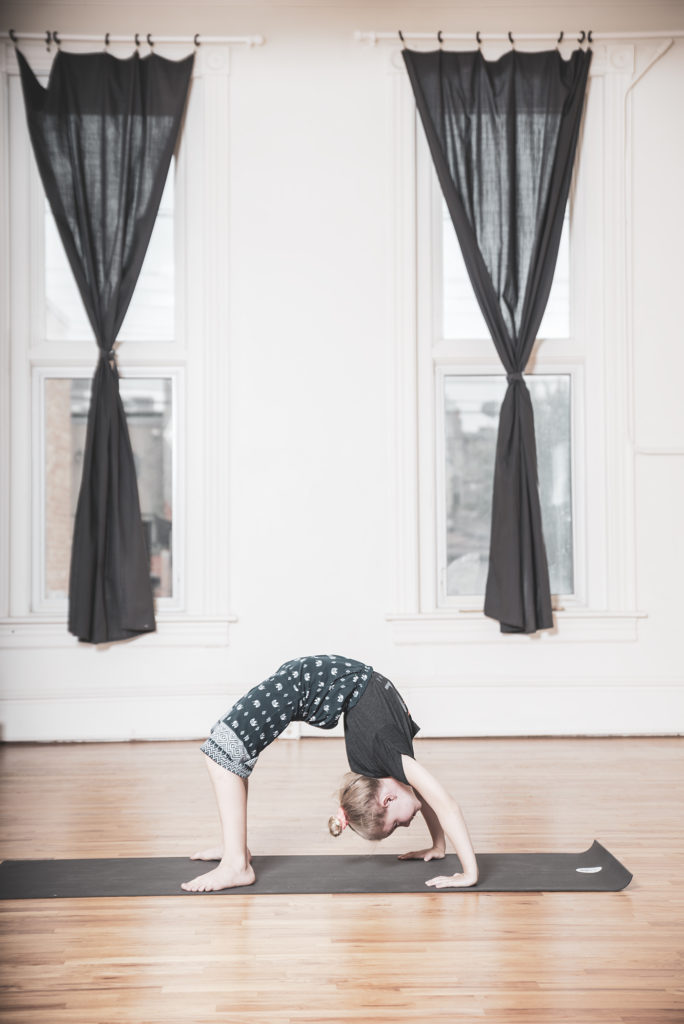 Take a minute and feel the way you are breathing.
Take a minute and feel the way you are breathing.
…
Seriously. Stop reading for one moment and really pay attention to your breath.
Shallow, right? Probably short?
…
Now take a deep breath with a long, slow inhale and a long, slow exhale.
…
Do you feel the difference in your body? Calmer? Lighter?
…
This practice of intentional breathing is at the center of what some may consider a fitness craze: yoga. Practitioners, parents, doctors, students, clergy, and all manner of yogis have been touting the value of practicing the ascetic discipline for years; and in some countries, for centuries.
While the list of physical benefits is long: pain management, increased muscle strength, improved sleep patterns, increased energy, balanced metabolism, weight loss, and – perhaps obviously – flexibility, just to name a few, the impact of a regular practice on our mental and emotional health can be just as beneficial.
As Emma M. Seppälä Ph.D. notes in her article titled Breathing: The Little Known Secret to Peace of Mind, “several studies suggest that controlled yogic breathing has immediate and positive effects on psychological well-being. Within minutes, you will feel better and place your body in a significantly healthier state. The long-term effects of a daily breathing practice are even more pronounced. By activating the part of our nervous system associated with resting and digesting, breathing practices may train the body to be calmer.” She continues pointing out that some studies have found regularly practicing breathing exercises can oftentimes lower one’s level of cortisol — the stress hormone.
Karen Buxel – a Rapid City mother of four, a passionate yogi, and the founder and owner of SOL Yoga Collective – can attest the benefits of yoga firsthand. Just four or five days into her commitment to begin a daily yoga practice as an effort care for herself with the same devotion she had invested in her children, she began to notice a positive change.
“I started seeing strength in my body, more patience, so much more space in myself for my children.” Now several years into her own personal practice, the impact is even more pronounced. She’s getting great feedback from students, too. One woman, Karen remembers, already quite fit, thanked the staff after every class, reporting a newfound ability to remain calm and go with the flow instead of getting stressed out. An impact that has kept her coming back – and the kind of support we can all use, sometimes. Even kids; maybe, especially kids.
Father of two, Jeff Hauser, acknowledges that “taking an hour to stretch, breathe, and to be quiet… it has made me a better man.” And he’s modeling that kind of self-care for his kids. Even if they don’t attend a yoga class, he encourages them to get up a little earlier and take a short walk, or wrap up in a blanket and just sit still, take some time away from all things social and breathe.
“If we can teach our children, like ourselves, to be where we really are… not at the grocery store, not back in that fight…because every time we’re in that stress place it’s dumping stress hormone into our bodies.”
Focusing on what we’re doing right now; taking a breath, observing our surroundings, “it’s so liberating,” Karen asserts.
Pam Bonar, a Special Interest Group teacher, agrees. When her background as an intervention strategist for Special Education students met her discovery of yoga, her initial reaction was “kids need this!” Now, she teaches two Student Interest Group classes at Canyon Lake Elementary in Rapid City.
“What I teach are self-regulation, breathing, and focus,” Pam explains. Kids learn about the brain and how they can manage their emotional state — tools she imagines she would have found useful herself as a child.
“When I was growing up, as soon as the teacher said it was time for math, I froze – almost hyperventilating.”
Even just the word “math” paralyzed her with fear. Now she uses the experience to teach kids that that reaction is just the fight or flight response happening in their Amygdala, and it prevents the Hippocampus – which stores information – from taking it in. But, they can change their brain’s response just by changing their focus and practicing intentional breathing.
“These are simple tools,” Karen affirms. “They require no money. Just time – using breath to feel peaceful on the inside.”
So, take an hour.
…
Stretch, breathe, and be quiet.
….
The benefits will be worth it.
words by Jaclyn Lanae
photos by Jesse Brown Nelson


